Painting and Sculpture in the Gallery of 18th-century French art
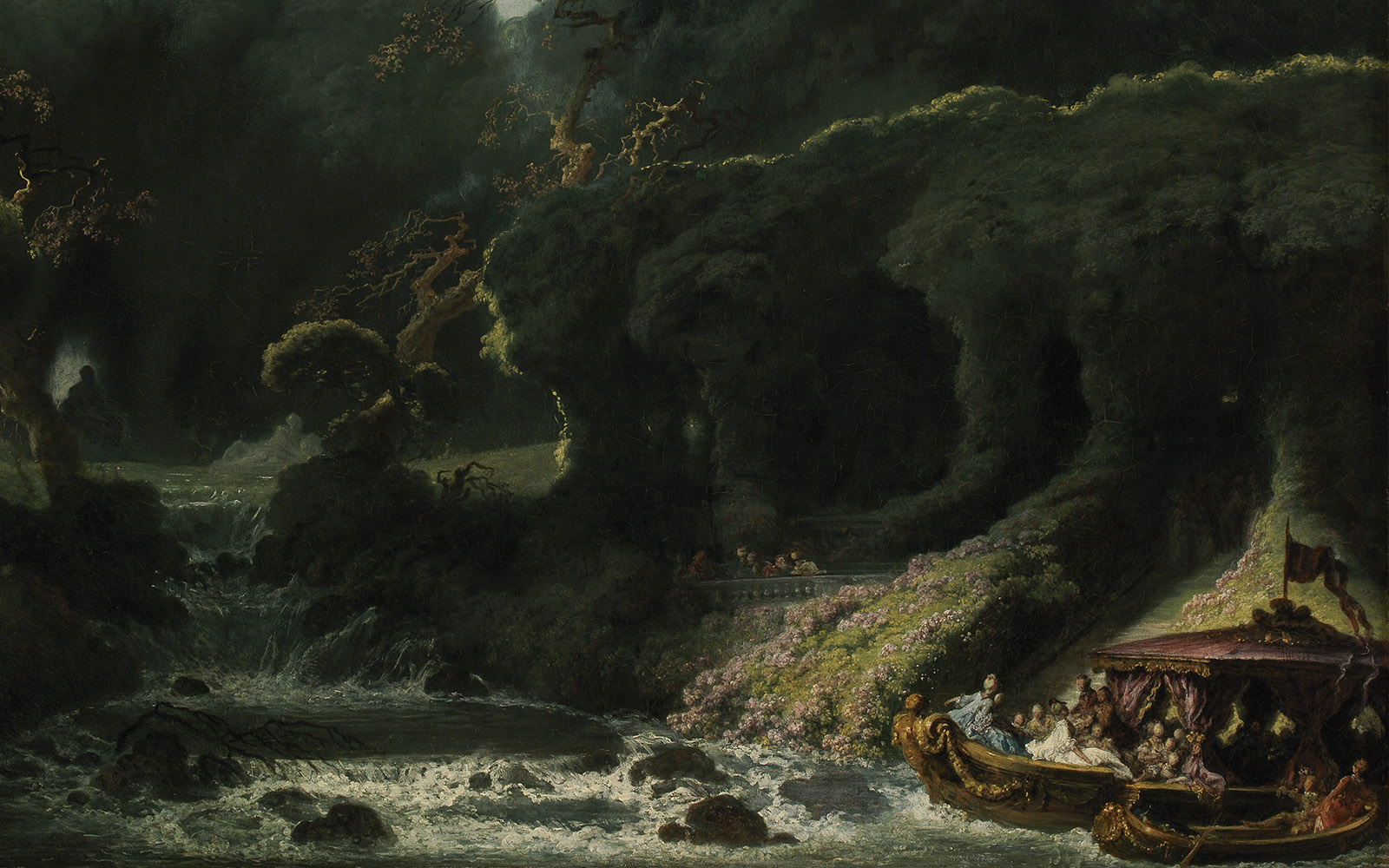
French painting occupies a prominent position in the space that is now the Gallery of 18th-century French Decorative Arts. The work ‘Portrait of Thomas Germain and His Wife’, by Nicolas de Largillièrre, will have a new location, immediately visible from the French gold and silver objects section, which will undergo significant changes in this renovation.
This painting is an excellent example of a ‘portrait of an artist in his studio’, a genre central to 18th-century French painting. Special attention is once again given to ‘Portrait of Duval de L’Épinoy’, by Maurice-Quentin de La Tour, considered ‘the triumph of pastel painting’ in the Paris Salon of 1745. ‘Portrait d’apparat’ is also represented in the ‘Portrait of Marechal Duke of Richelieu’, by Jean-Marc Nattier, a work that occupied A central place in the collector’s painting gallery at his home in Paris.
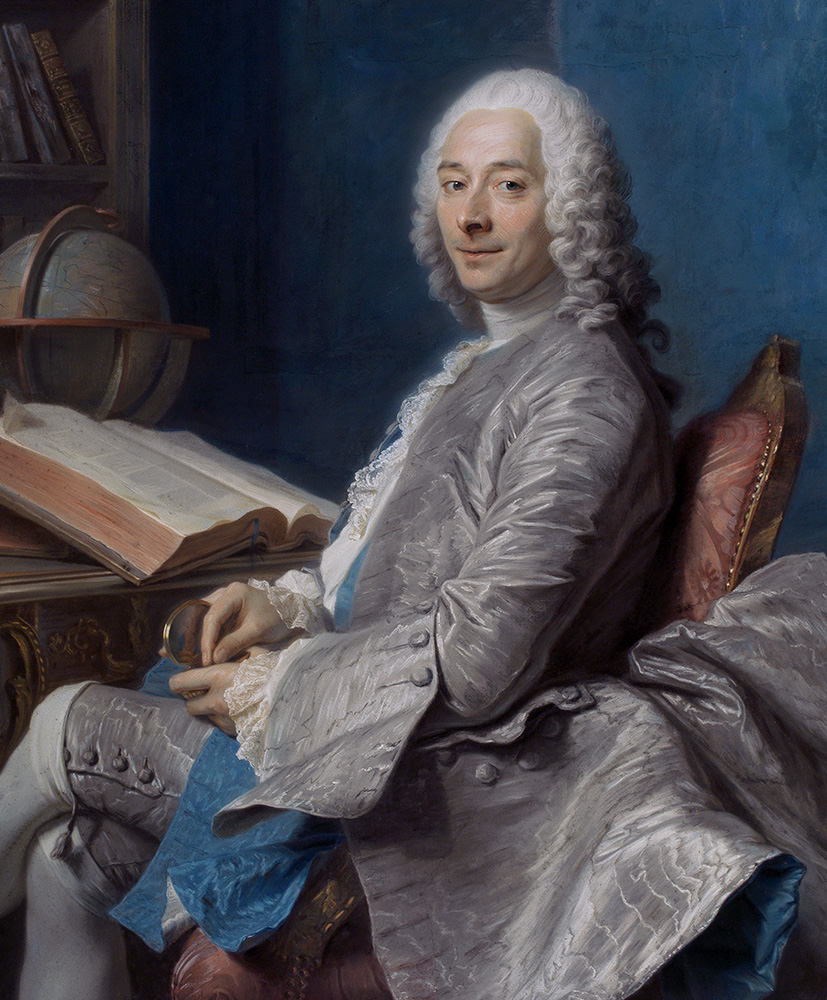
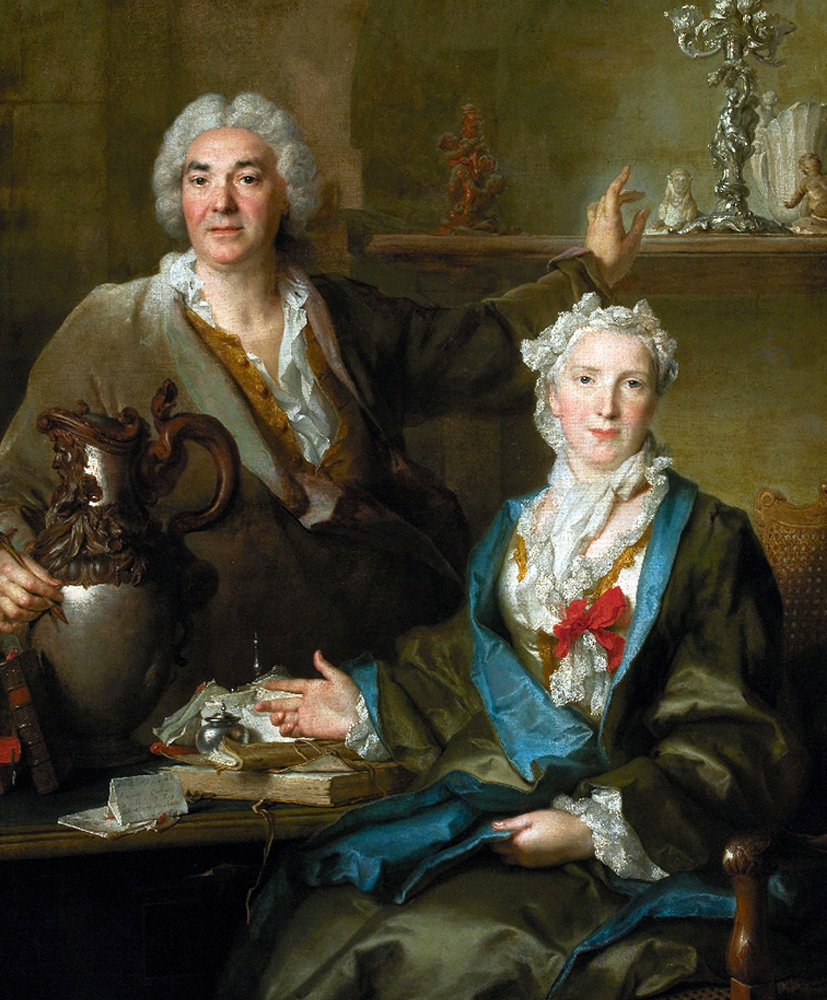
French landscape painting from this period also includes works of unique quality, a prime example of which is ‘The Island of Love’, by Jean-Honoré Fragonard, a whimsical composition produced around 1770 that pays homage to Antoine Watteau. Figment of the artist’s imagination, the work, initially described as a ‘view of a picturesque garden’, is a remarkable renewal of the theme of a ‘fête galante’ in a fictional garden.
Hubert Robert, the designer of the gardens of King Louis XVI from 1777, caught the collector’s special attention in the 1920s and is represented in this section by a pair of paintings that document the renovation of the Gardens of Versailles: ‘Le Tapis Vert’ and ‘Le Bosquet des Bains d’Apollon’. Both paintings were acquired by Calouste Gulbenkian from the Hermitage Museum, in Saint Petersburg, in 1929.
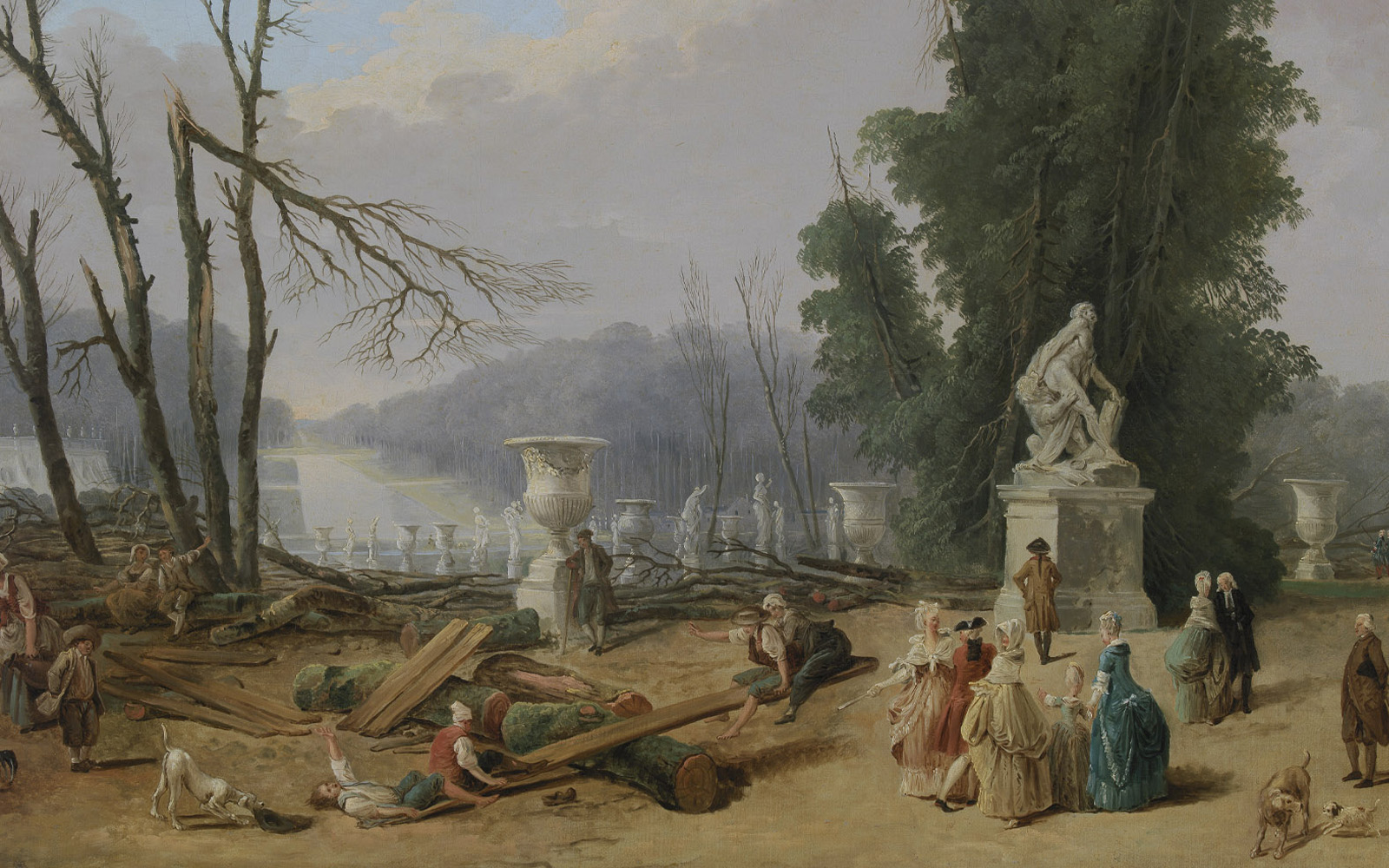
The gallery also presents one work of a genre that was particularly in vogue in 18-th century France, ‘Fête Galante’, a painting by Nicolas Lancret, which had previously belonged to the collection of Frederick the Great, King of Prussia. Finally, it is worth mentioning a painting by François Boucher, ‘Cupid and the Three Graces’, a composition inspired by classical mythology which occupied a central place in the Boucher Salon of the collector’s residence in Paris that is now worthy of a new reading.
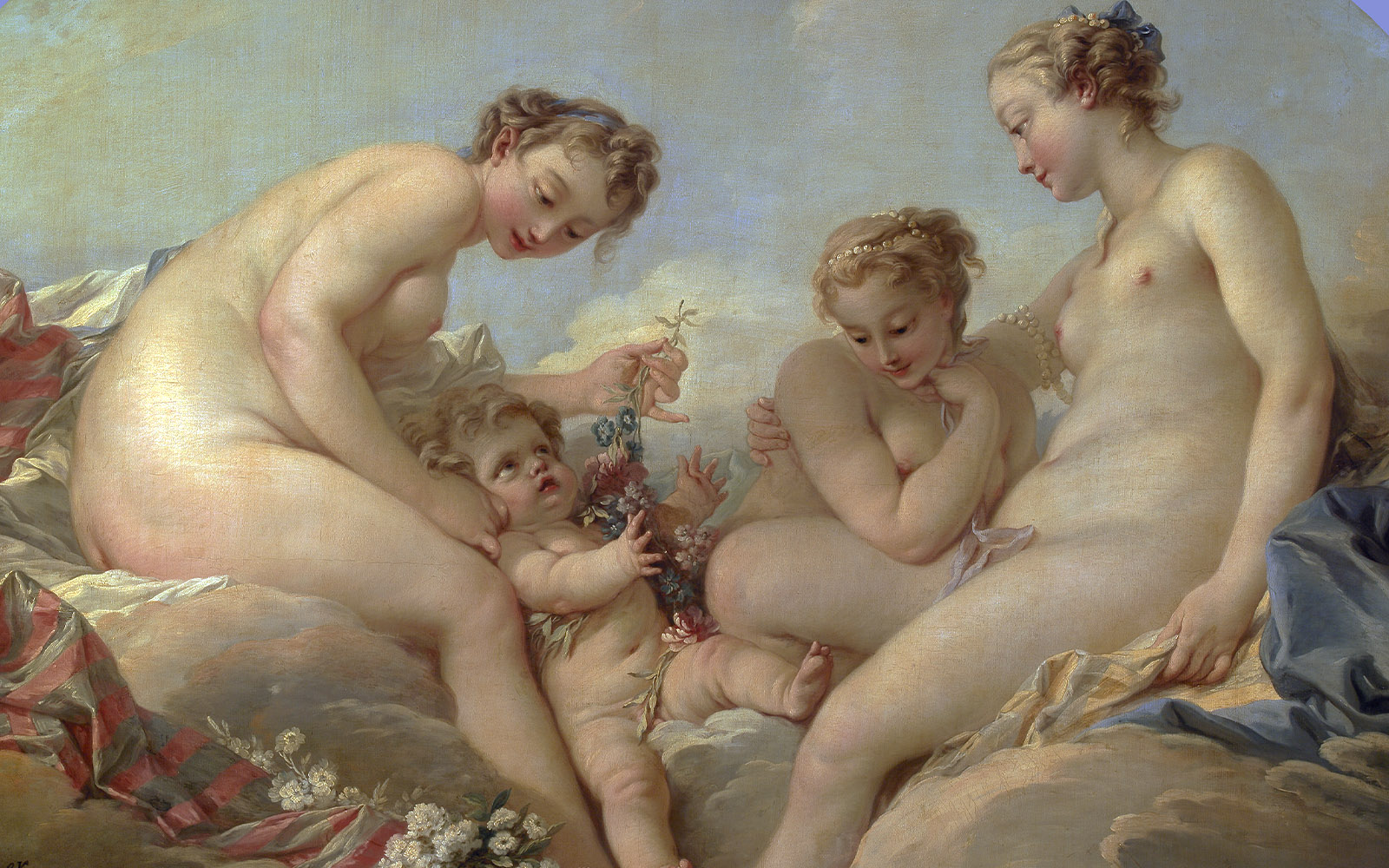
In sculpture, several great French names of the 18th-century such as Clodion, Pigalle, Lemoyne and Caffieri will populate the gallery with small-scale works and terracotta busts.
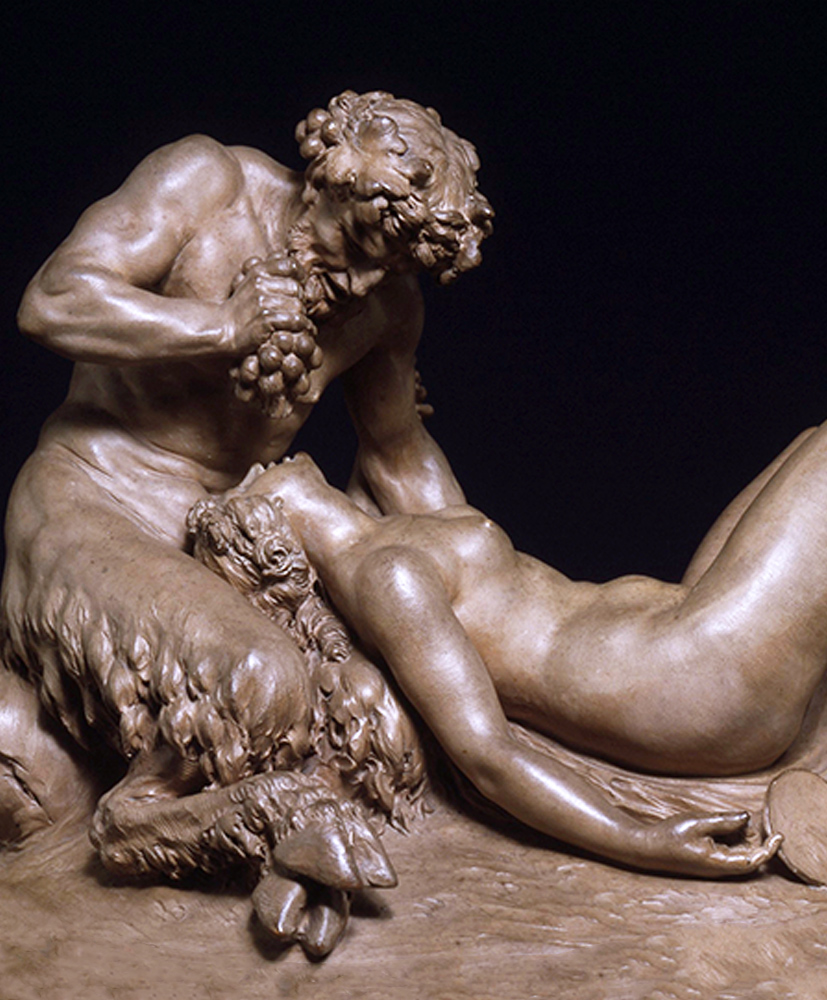

The presentation ends with the transition to the 19th-century gallery, in the space specifically dedicated to the life-size marble representation of ‘Diana’ by Jean-Antoine Houdon, a masterpiece of French neoclassicism produced in 1780, originating from the collection of Catherine II, Empress of Russia.
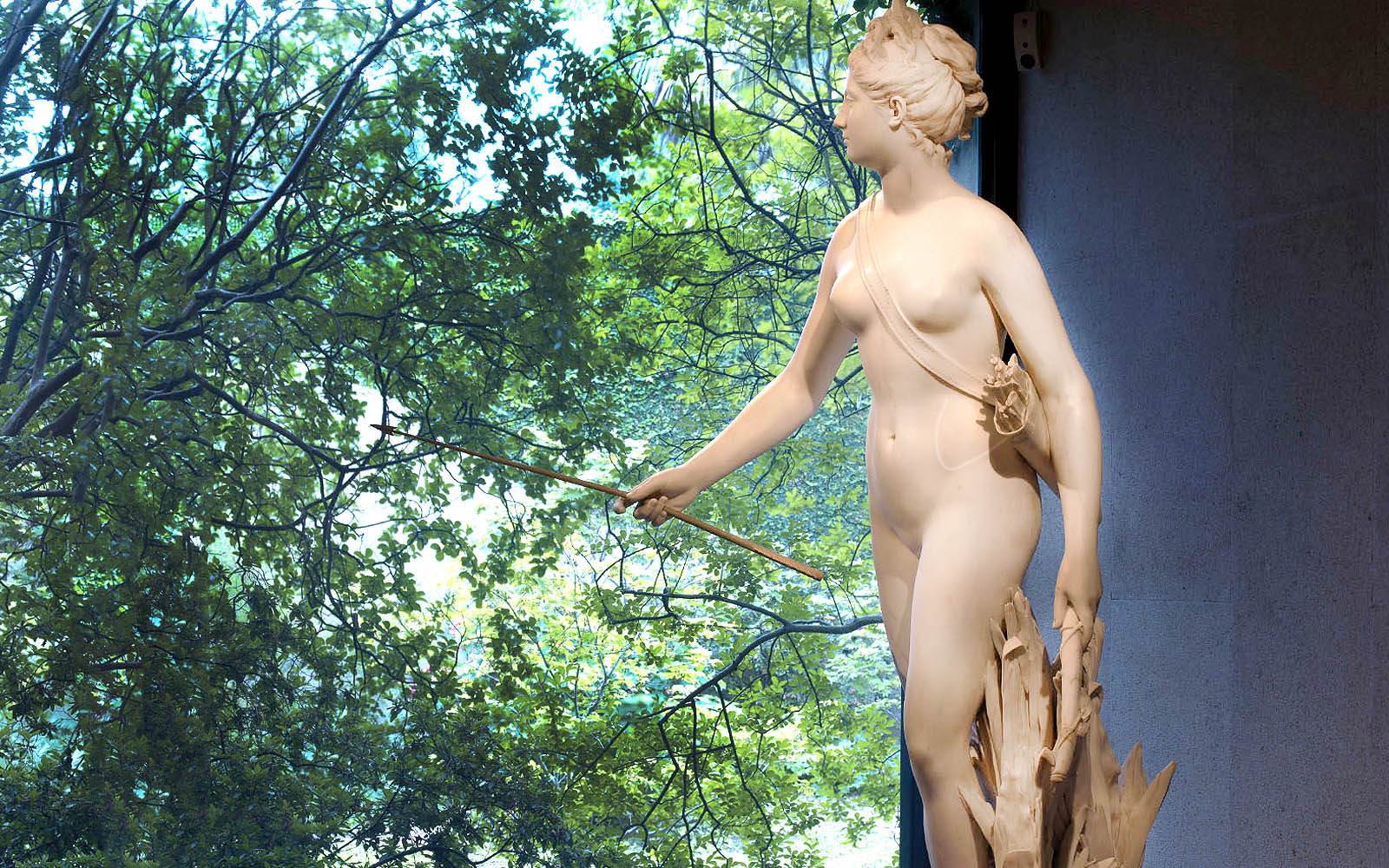
Luísa Sampaio
Curator of the Calouste Gulbenkian Museum